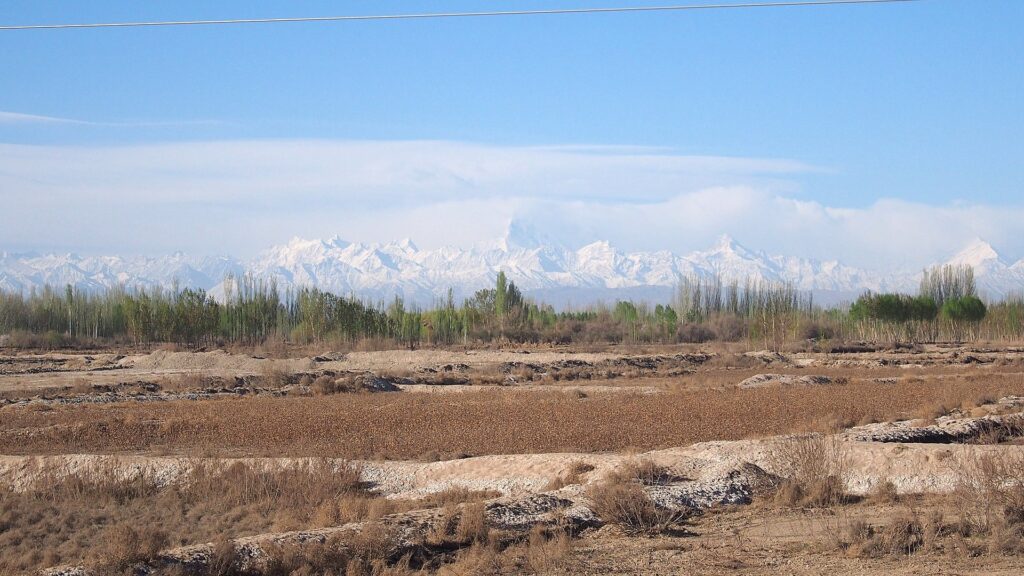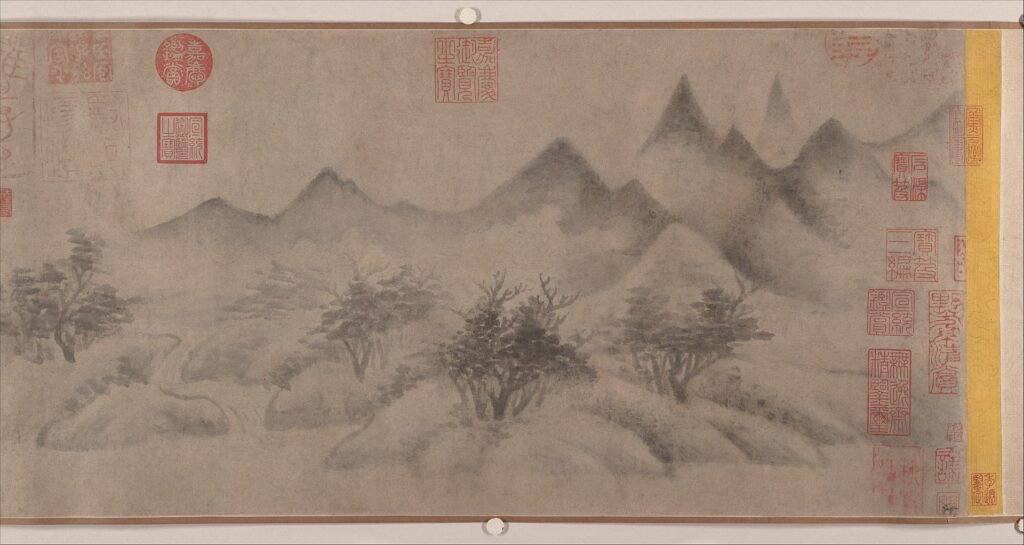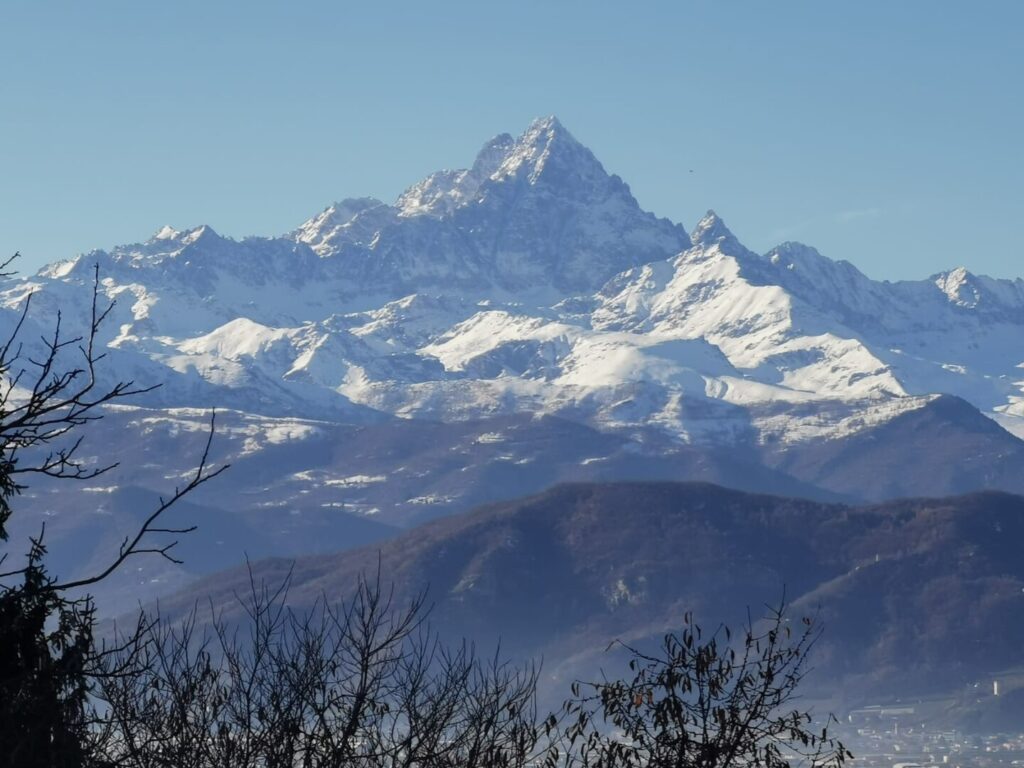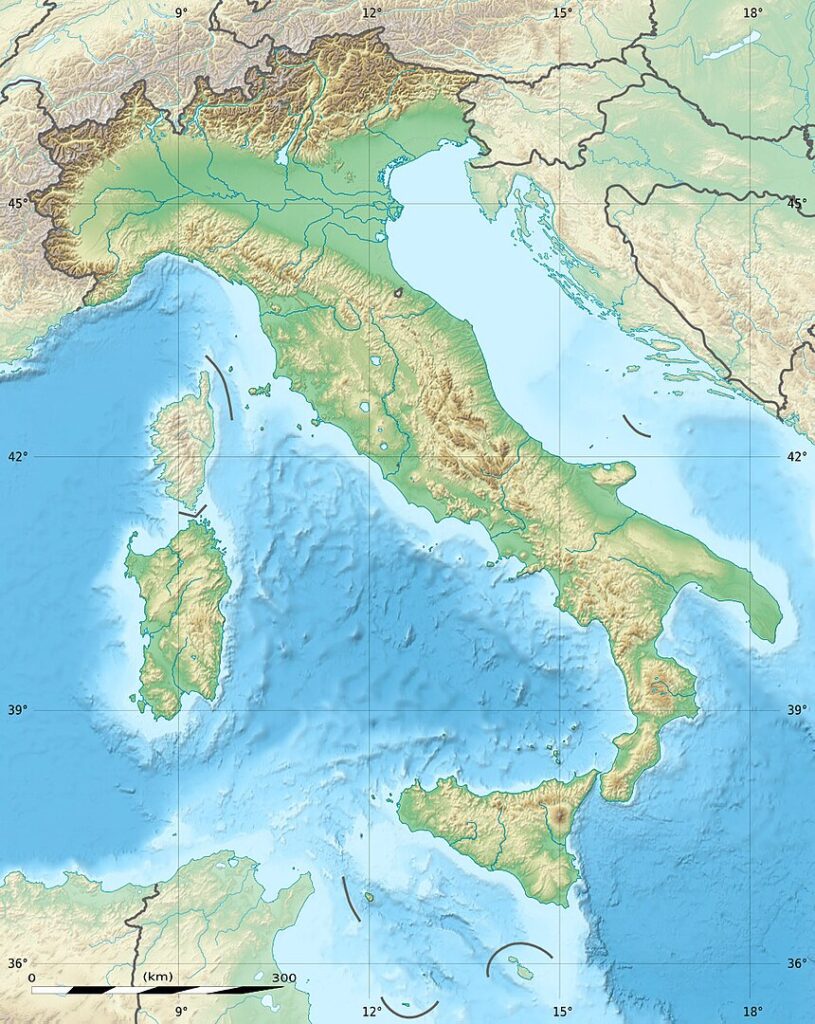Fengshui in Chinese geography: a view of the main morphological characteristics of the landscape of China, mountains and rivers, according to Fengshui. The two great dragons of Italy. Mount Kunlun Axis of the World in analogy with other mythological visions.
Mount Kunlun, Axis of the World, according to Chinese tradition, points directly to the constellation of the Big Dipper, thus representing the direction towards the north celestial pole and the communication channel between Earth and Heaven. The Chinese cosmic mountain is the main reference of the Fengshui symbolic interpretation of the orography of the Chinese territory, from which the three most important mountain ranges branch off to an east-west direction, the “Branch Dragons”, respectively called Northern, Central and Southern Dragon and divided by the course of the 4 main Chinese rivers: the Huanghe or Yellow River, the Yangze or Blue River, the Huai river and the Han river.


According to another Fenghsui outlooks, the Chinese landscape can be viewd as a single dragon that springs from Mount Kunlun, Axis of the World, thus interpreting the mountain ranges as coils of the same dragon-entity, but the concept remains essentially the same.

In Italy we could picture the Fengshui macro-landscape as two big Dragons, one along a west-east direction and one along a north-south direction, consisting of the Alps and the Apennines respectively, separated by the Po river which forms the Po Valley. This is a large basin for Qi. coming from the Dragon of the Alps and from the streams springing from it. The equivalent of Mount Kunlun, Axis of the World, could be recognized in Monviso, the highest mountain in Piedmont from which the Po river is born, but just as valid could be a different reading according which the Dora Baltea is the most important river, as its sources are located on Mont Blanc, the highest Dragon in Europe with its 4800 m.


A most interesting feature I would like to highlight is that the main element of the Fengshui landscape of China, namely Mount Kunlun Axis of the World, is present in many mythologies belonging to the most different traditions. “Hamlet’s Mill” by Giorgio de Santillana and Hertha Von Dechend is a very complete essay dealing with this element of fundamental importance for the balance of the Earth, hidden in the collective imagination of tales and myths all around the world.
From Mount Meru of Indians to the “internal motion of the cosmic tree” according to Africans, from Horus and Seth intent on drilling the shovel of a churn that bring us back to the blending of a milk ocean (that is the Milky Way, aligned to the north celestial pole) described in the Mahabharata, where Mount Mandara is used as a pivot or churn blade, we can find a series of myths using the same basic symbolic language:, an axis around which a circle revolves, elementary geometric references delineating the measures of time and space, on which our Universe is based.

